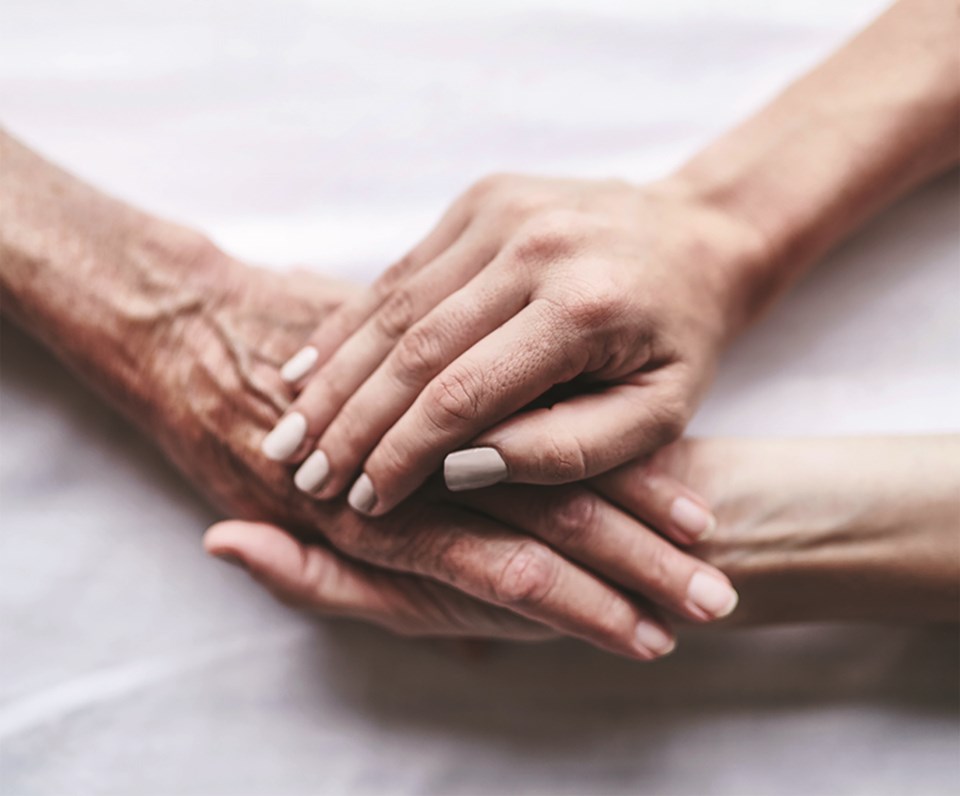Troy Shantz
Dr. Chantal Perrot says she will never forget the first time she helped a person die.
“I won’t go into details, but I can tell you the process of assessing and providing MAID (medical assistance in dying) to my first patient was an amazing privilege and a beautiful experience,” the family physician said.
“I am grateful to live in Canada where delivering this kind of compassionate care is possible, and where patients can be treated with respect and dignity right up to their final breath.”
Perrot has been assessing and administering the end-of-life procedure since it became legal in 2016, she told a Golden K Kiwanis Club meeting via Zoom last week.
Since then, 32 people in Sarnia-Lambton and 10,000 Canadians have chosen assisted death
“There are still many people, including medical practitioners, who know nothing about MAID and are not aware this is a legal end-of-life option available,” she said.
After the Supreme Court of Canada struck down a ban on assisted dying, Parliament in 2016 passed Bill C-14. It allows doctors and nurse practitioners to legally end the lives of terminally ill patients.
The medication is administered via intravenous injection, Perrot explained.
The number of Sarnia-Lambton residents choosing MAID is growing. Fewer than 10 ended their lives with medical assistance in the first 31 months after it became legal. Ten, for privacy reasons, is lowest reportable number.
In the 21 months since then, at least 22 more local residents have opted for MAID.
Those eligible for MAID must be 18, have a grievous or irremediable medical condition, and understand the other options available to relieve suffering, including palliative care.
Perrot said safeguards are built into the legislation, including a requirement for two independent witnesses at the signing of the request, and a mandatory 10-day waiting period.
The person can change his or her mind and stop the procedure at any time.
Dr. Perrot, who practices in Toronto, said she has helped people die in their own home, as well as hospitals, hotels and hospices. Faith-based institutions don’t always allow it, she said.
Some participants want to be surrounded by friends and family. Others choose to be alone, or have one or two important people by their side, she said.
“It is hard but it’s anything but depressing.”
Perrot chairs the board of directors at MAiDHouse, a non-profit organization trying open the first Toronto facility offering a home-like setting in which to die.
Many of those she has assisted were religious people, and they told her that their god didn’t wish them to suffer any longer. Sometimes, faith leaders remain at their side until the end, she said.
“I look at death as part of life. Living a good life leads to the possibility of living a good death,” she said.
“When it’s time to end one’s life, a person has the right to make that choice.”
